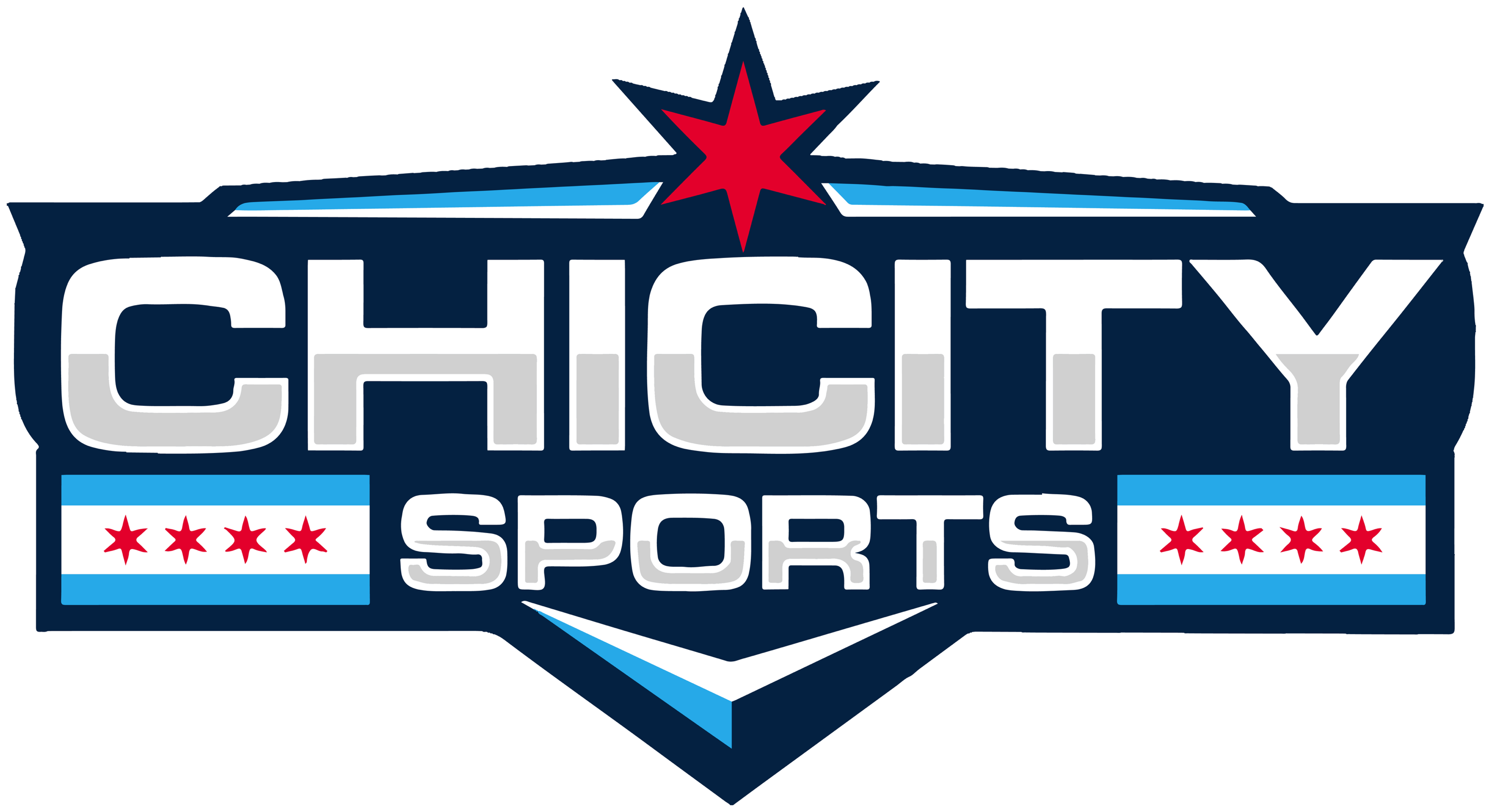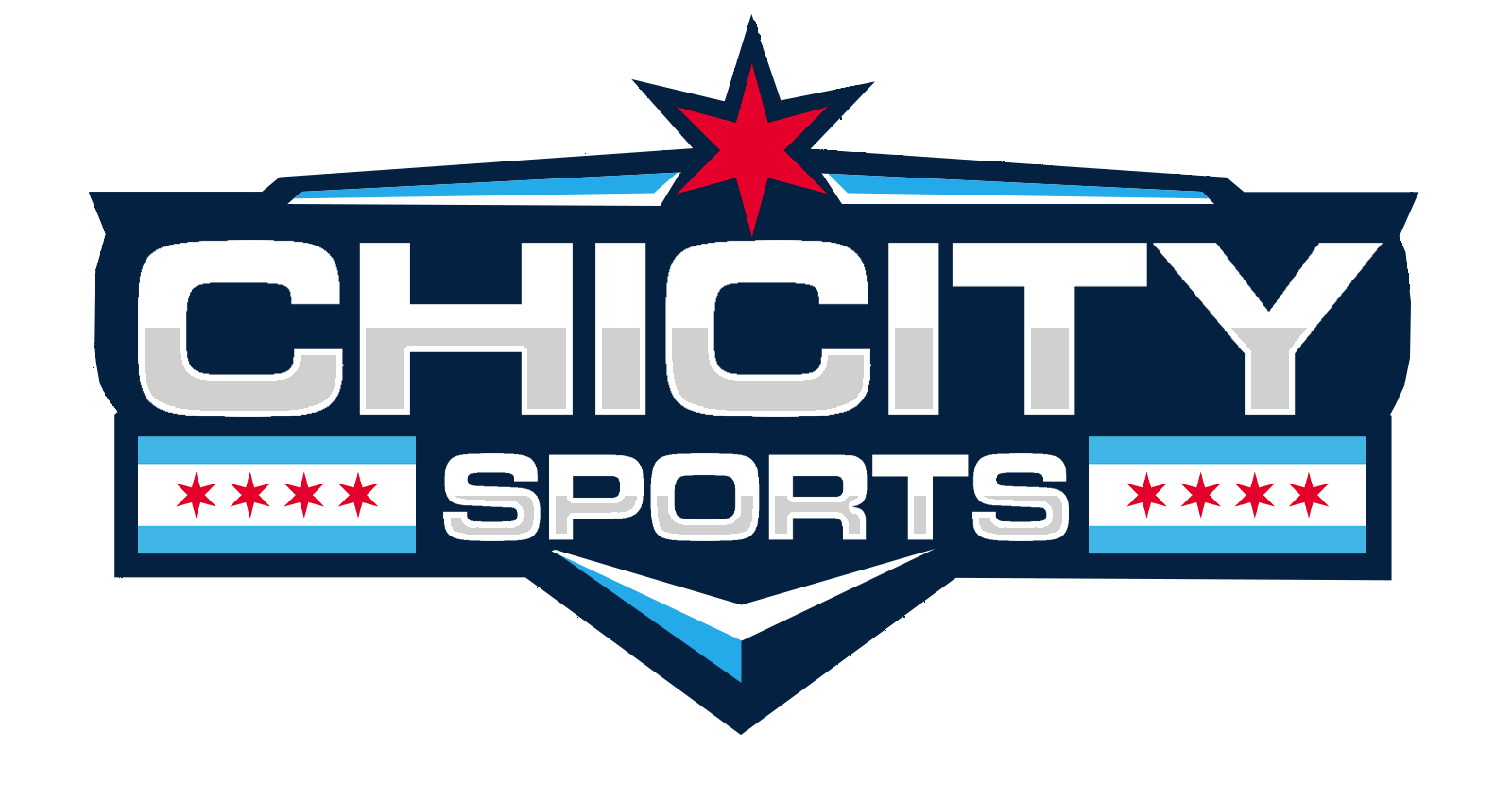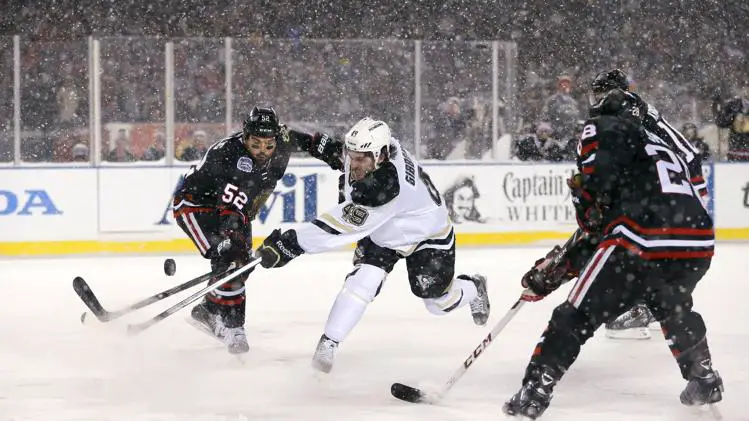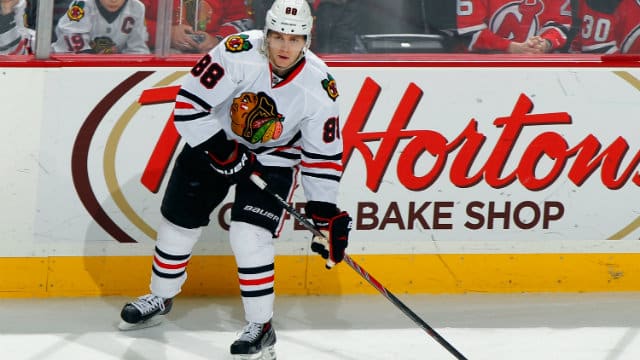As the calendar turned from 2009 to 2010 about four-and-a-half years ago, both the Chicago Blackhawks and Pittsburgh Penguins appeared to be embarking on a long run of dominance in the NHL.
The Penguins were riding high off of their 2009 Stanley Cup Championship victory over the Detroit Red Wings and boasted two of the world’s best players in Sidney Crosby and Evgeni Malkin.
The Blackhawks, meanwhile, were a team on the rise after a surprising run to the Western Conference Final in 2009 and boasted their own dynamic duo in Jonathan Toews and Patrick Kane.
Over four years later, the Blackhawks have maintained that Western Conference supremacy and won a pair of Stanley Cups. The Penguins, meanwhile, have only made one trip to the Eastern Conference Final since that 2009 Cup win.
So how were the Hawks able to stay atop a loaded Western Conference while the Penguins struggled for relevancy among the elite in the East?
Both the Penguins and Blackhawks were mired in years of mediocrity prior to their Cup victories, giving them high picks in multiple drafts. The Penguins picked up Crosby, Malkin, third center Jordan Staal, and goalie Marc-Andre Fleury with first round picks. The Penguins also picked up key contributors in the later rounds with names like C Tyler Kennedy (4th round) and D Kris Letang (3rd).
Chicago followed a similar script, nabbing Toews, Kane and Brent Seabrook with first-round selections. But they had better success in the other rounds, filling in a host of roles with selections like Duncan Keith (2nd, 2002), Dustin Byfuglien (8th, 2003), Dave Bolland (2nd, 2004), and Niklas Hjalmarsson (4th, 2005).
The biggest difference between the Penguins and Blackhawks, though, comes in the wave of prospects that have followed those who were largely responsible for each team’s first title.
Two prospects drafted earlier in the 2000s finally cracked the starting lineup in Briyan Bickell (2nd, 2004) and Corey Crawford (2nd, 2003). Three prospects drafted after 2008 also played significant roles in the Hawks’ 2013 Cup win: Marcus Kruger (5th, 2009), Brandon Saad (2nd, 2011), and Andrew Shaw (5th, 2011). A fourth prospect, Ben Smith (6th, 2008) took on a larger role as the Hawks returned to the Western Conference Final in 2004.
It’s been a much different story in Pittsburgh, however. Since the 2005 draft that netted both Crosby and Letang, few prospects have seen substantial time with the parent club. A pair of first-round picks remain with the team in Simon Despres (1st, 2009) and Beau Bennett (1st, 2010). They’ve combined for 132 NHL games played. Behind those two, however, Robert Bertuzzo (3rd, 2007) is the only homegrown player that remains with the team, and he’s only played 75 games with the Penguins over the last three years.
The drafting and development of prospects is not the only reason for the difference in the trajectories of these two franchises. Pittsburgh has had to deal with a host of injuries, none more significant than the recurring concussion injuries that plagued Crosby for two seasons. They’ve also had to deal with a few playoff disasters in net, starring Fleury.
Chicago had a few bumps in their road to a second title as well, most notably a pair of first-round playoff exits in the 2011 and 2012 postseasons.
But when another round of talented young players paired up with the Hawks established stars, they were able to capture the 2013 Stanley Cup.
It’s hard to imagine the Hawks winning another Cup in 2014 and beyond without names like Jeremy Morin, Adam Clendening, Stephen Johns, and others serving as key cogs on the team.
Free agent acquisitions and trades do their purpose, but the key to sustained success in the salary cap era of professional sports is the successful drafting and development of young talent.
For More Great Chicago Sports Content
Get the latest Chicago sports news, analysis, and breaking stories on the Bears, Bulls, Blackhawks, Cubs, White Sox, Sky, and more! Tap the star to add us to your favorites on Google News, so you never miss a story on your favorite Chicago teams.
Follow us on Twitter at @chicitysports23 for more great content. We appreciate you taking time to read our articles. To interact more with our community and keep up to date on the latest in Chicago sports news, JOIN OUR FREE FACEBOOK GROUP by CLICKING HERE




